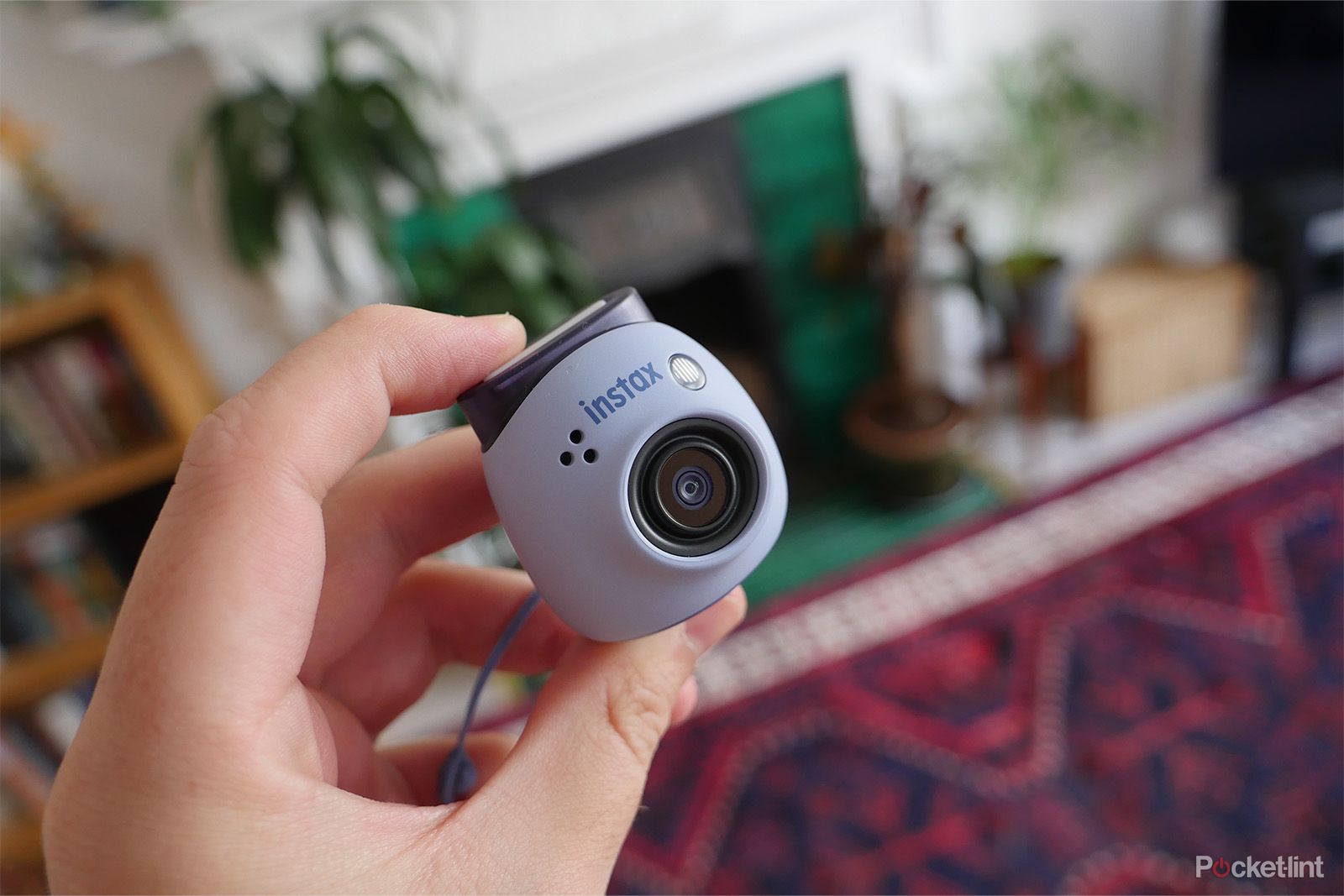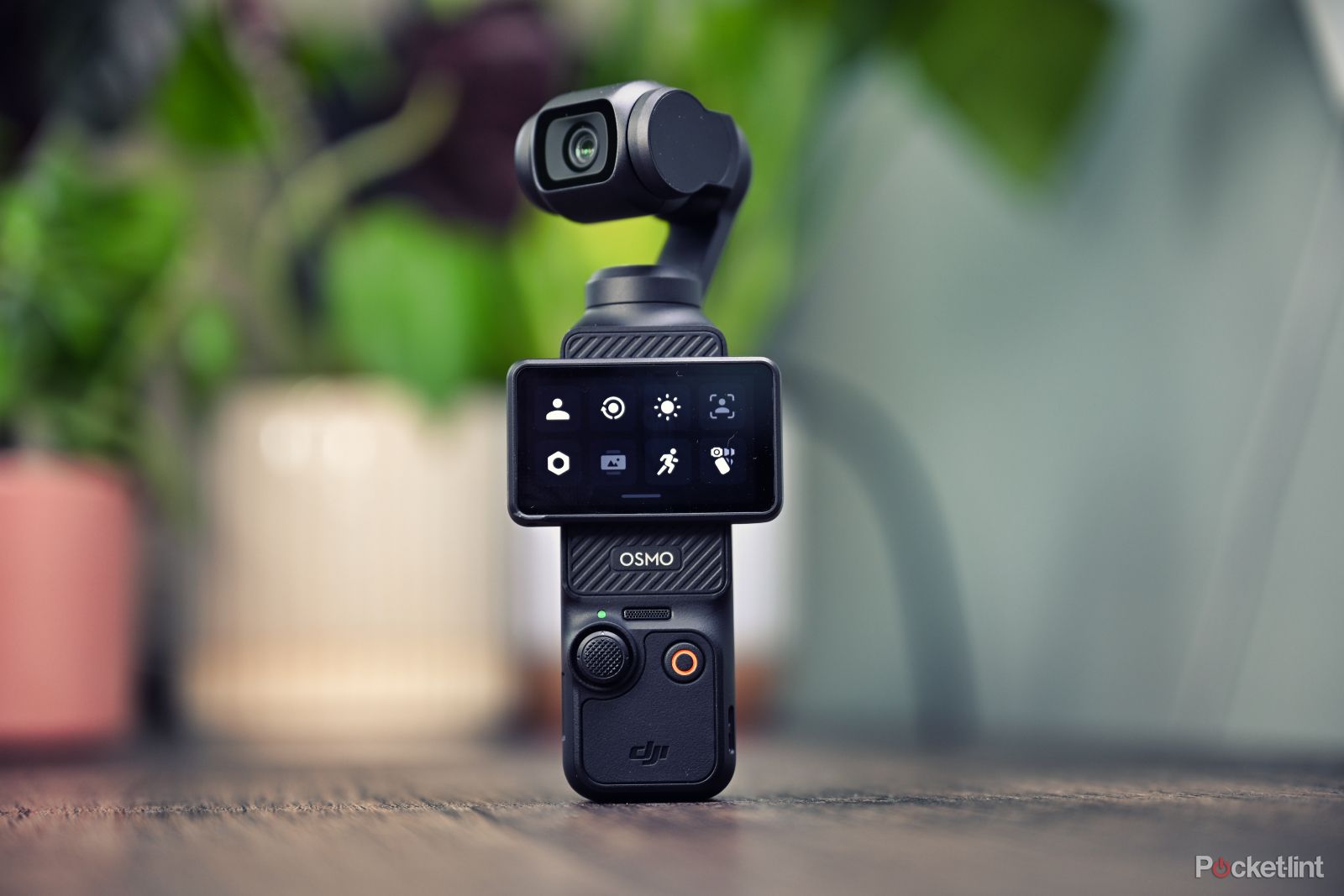Reviews

Best cameras under $1500
DPReview Latest |
Updated: Nov 6, 2023
Spending $1500 – or the equivalent amount in your local currency – on a camera can seem like a daunting prospect, but this is the price bracket where the cameras start to get really good. The past few years have seen great advances in the power and simplicity of autofocus, and the cost of full-frame cameras has dropped, meaning there are some really capable options at this price.
The $1500 price bracket includes the more affordable full-frame cameras – so-called because their sensors are the same size as a piece of 35mm film – or some of the higher-end APS-C models.
With the right lenses full-frame can offer better image quality than an APS-C camera. But choosing a sensor size is a balance between size, price and image quality. An APS-C camera can be smaller, especially once you factor the lenses in, and one in the $1500 price range is likely to shoot faster and may have more sophisticated features than a full-frame model at the same price. After extensive use, the following cameras would be our picks, in this price range:
Our picks:
- Best camera for under $1500: Canon EOS R8
- Enjoyable to shoot with: Nikon Z5
- Most versatile option: Sony a6700
- The creative choice: Fujifilm X-S20
- The affordable kit: Fujifilm X-S10 with 18-55mm F2.8-4.0 OIS
- The compact option: OM System OM-5
Best camera for under $1500: Canon EOS R8
24 MP full-frame CMOS sensor | 4K/60p 10-bit video recording | 8 fps burst shooting
Buy now:
What we like:
- Great image quality
- Very good AF subject detection and tracking
- Good starting price
What we don't:
- No in-body image stabilization
- Short battery life
- No AF joystick
The Canon EOS R8 is a surprisingly capable compact full-frame mirrorless camera that has the features and image quality of Canon's EOS R6 II at a much lower price.
Read our full review of the Canon EOS R8
See the Canon EOS R8 studio scene
Enjoyable to shoot with: Nikon Z5
24MP full-frame sensor | In-body image stabilization | 4K/30p video
Buy now:
What we like:
- Excellent image quality
- Superb build quality
- Effective image stabilization
What we don't:
- 4K video has heavy crop
- Heavy-handed high ISO noise reduction
- Noticeable rolling shutter
We also really liked the Nikon Z5, which sells for around the same price as the Canon.
Its autofocus isn't quite as reliable as the R8's and its video is nowhere near as good, but if anything we find it a slightly more enjoyable camera to actually use and it offers in-body image stabilization, which the Canon lacks. It has a higher resolution viewfinder and a joystick for positioning its autofocus point, which makes a surprisingly big difference to usability. It also offers significantly better battery life than the Canon, which is another nice-to-have feature.
Other full-frame cameras we considered
We also considered the Sony a7 II, which is still available at some very tempting looking prices. This isn't the bargain it might seem. The a7 II was launched in late 2014 and cameras have come a long way since then. Sony has updated the autofocus, menus and ergonomics of the a7 series significantly since the launch of the a7 II, and has adopted a much larger battery, all of which are worth spending more money to gain. Sony's E-mount has the widest selection of lenses of any mirrorless system, but we'd recommend saving for an a7 III instead of buying the a7 II at this point.
It's a similar story with the Sony a7C, at this point. The a7C includes many of the features of the a7 III in a smaller body, but its small, low resolution viewfinder and lack of a front command dial mean you pay a significant cost in terms of usability in that downsizing.
Most versatile option: Sony a6700
26MP BSI CMOS sensor | 4K/60p video capture | Fully articulating screen
 |
|
The Sony a6700 combines all-round stills and video capabilities with class-leading autofocus. The standard 16-50mm kit zoom's not great, though. Photo: Richard Butler |
Buy now:
What we like:
- Front and rear command dials
- Excellent AF in stills and video
- 4K/120p capture (with crop)
What we don't:
- No AF joystick
- JPEG sharpening can be aggressive
The Sony a6700 is an enthusiast-level APS-C mirrorless camera built around an image-stabilized, 26MP BSI CMOS sensor. It includes an impressive collection of features for both photo and video shooters.
Read our full Sony a6700 review
See the Sony a6700 studio scene
The creative choice: Fujifilm X-S20
26MP X-Trans APS-C sensor | Up to 6.2K/30P 10-bit video | In-body image stablization
 |
|
We found the X-S20 to be a capable stills and video all-rounder, though the autofocus tracking isn't quite as reliable as its rivals'. Photo: Brendan Nystedt |
Buy now:
What we like:
- Excellent still and video quality
- Long battery life
- Comfortable, simple ergonomics
What we don't:
- AF tracking still lags behind peers
- Small electronic viewfinder
- Micro HDMI instead of full-size
The Fujifilm X-S20 is a compact 26MP APS-C mirrorless camera with image stabilization that takes features of the company's higher-end models and puts them into a DSLR-styled body with a large grip.
In most respects the Sony a6700 has the edge over the X-S20, particularly in terms of autofocus performance. But what the Fujifilm offers is a wide selection of photographer-friendly prime lenses, both from Fujifilm itself and companies such as Sigma and Viltrox. This, and the attractive Film Simulation modes, make it worth considering.
Read our Fujifilm X-S20 initial review
See the Fujifilm X-S20 studio scene
The affordable kit: Fujifilm X-S10 with 18-55mm F2.8-4.0 OIS lens
26MP X-Trans CMOS sensor | In-body image stabilization | 4K/30p video capture
Buy now:
The older Fujifilm X-S10 is also worth considering. It's a little less sophisticated than the X-S20, with less reliable autofocus, less effective image stabilization, lower video spec and a smaller battery all making the newer model a better choice. Our reason for including it comes down to what you can get with it if you have a strict $1500 budget: a good lens. The other cameras here are typically only fit within the price range when bought body-only or with a rather basic zoom.
For less than $1500 you can buy the X-S10 with the 18-55mm F2.8-4.0 OIS lens. This is one of the best 'kit' zooms on the market: covering a useful range, offering good optical performance and letting in more light than is typical, which helps you access more of the camera's image quality potential. An X-S20 with the 18-55mm is an even better choice, but it strays over this guide's headline target price.
Read our Fujifilm X-S10 review
See the Fujifilm X-S10 studio scene
Other APS-C cameras we considered
Also available in this price range is the Canon EOS R7. It's a very capable camera with impressive specs and the same highly effective autofocus system as the EOS R8. However, at present there are relatively few lenses available for it, and most of them are fairly slow aperture zooms or prime lenses with focal lengths that make more sense on full-frame cameras, effectively reducing the options further.
You can adapt Canon's EF-mount DSLR lenses, but the extra depth of the adapter makes this rather unweildy. If you're happy to stick with one of the rather pedestrian RF-S kit zooms, the EOS R7 is a lovely camera, but the Fujifilm and Sony currently offer so much more room to grow.
The compact option: OM System OM-5
20MP Four Thirds CMOS sensor | 4K/30p video | In-body stabilization rated to 6.5EV (7.5 with some lenses)
 |
|
The OM-5 offers a smaller, more rugged alternative to APS-C or full-frame cameras. Photo: Shaminder Dulai |
Buy now:
There's a third option when it comes to striking the size/price/image quality balance of sensor sizes: Four Thirds. The Micro Four Thirds system uses a sensor one quarter the size of that in 'full-frame,' which means there'll be an appreciable image quality hit in many situations and it'll be harder to achieve the blurry backgrounds that full-frame can give. The flipside, though is a significantly smaller system for which some of the lenses are much less expensive.
What we like:
- Attractive JPEG output
- Selection of clever photo features
- Excellent image stabilization
- IP53 rating supports claims of weather sealing
What we don't:
- AF tracking is disappointing
- Image quality is behind larger sensor cameras
The OM System OM-5 is a compact 20MP image-stabilized Micro Four Thirds mirrorless camera.
Read our OM System OM-5 review
See the OM System OM-5 studio scene
Why you should trust us
This buying guide is based on cameras used and tested by DPReview's editorial team. We don't select a camera until we've used it enough to be confident in recommending it, usually after our extensive review process. The selections are purely a reflection of which cameras we believe to be best: there are no financial incentives for us to select one model or brand over another.





















































